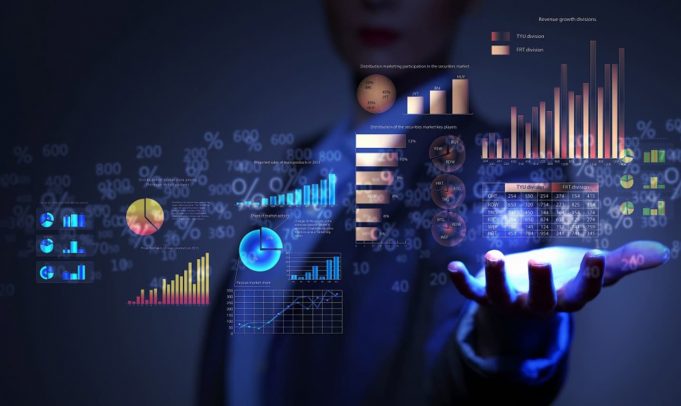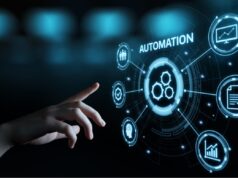A trading software is essentially a computer backed analytic software that lets you facilitate the trading of assets to ensure that you could make the best trade decisions. It is fueled by a lot of data fed from it by various sources like data mining, manual entry or simply scouring the interwebs for raw data. At its core is artificial intelligence which is the culmination of a few decades of searching for the perfect digital brain. Assets that can be traded using it includes stocks as the most common, but now even currencies are being analyzed. Brokerage firms often have their own implementation of trading software that they will let their clients use as an interface to the services that they provide. Clients however are allowed to use whatever software they please to complement their investing habits and preferences.
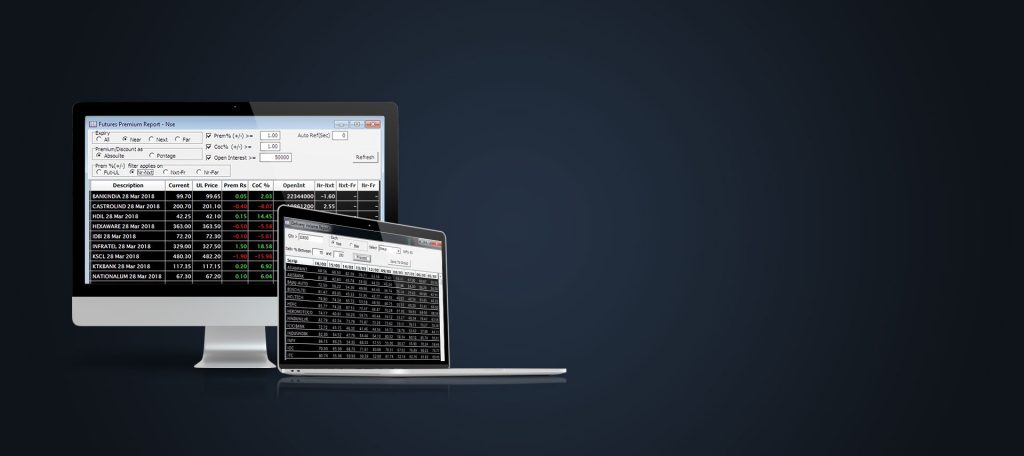
What it is
It is no surprise that automation takes a part in the growing sector of trading that is slowly creeping into the mainstream. The last few years saw the rise of ECNs or electronic communication networks following the invention of the world wide web and various communication protocols that came after. Coupled by the open source community’s drive to share coding standards and code itself, programming interfaces allowed for easier ways to design personally tweaked software that could be shared and enhanced by other parties. Traditionally the bourses hold the trading for all the stock exchanges for quite some time. However, with the advent of ECN, information highways have been opened and allowed for a global approach in investing.
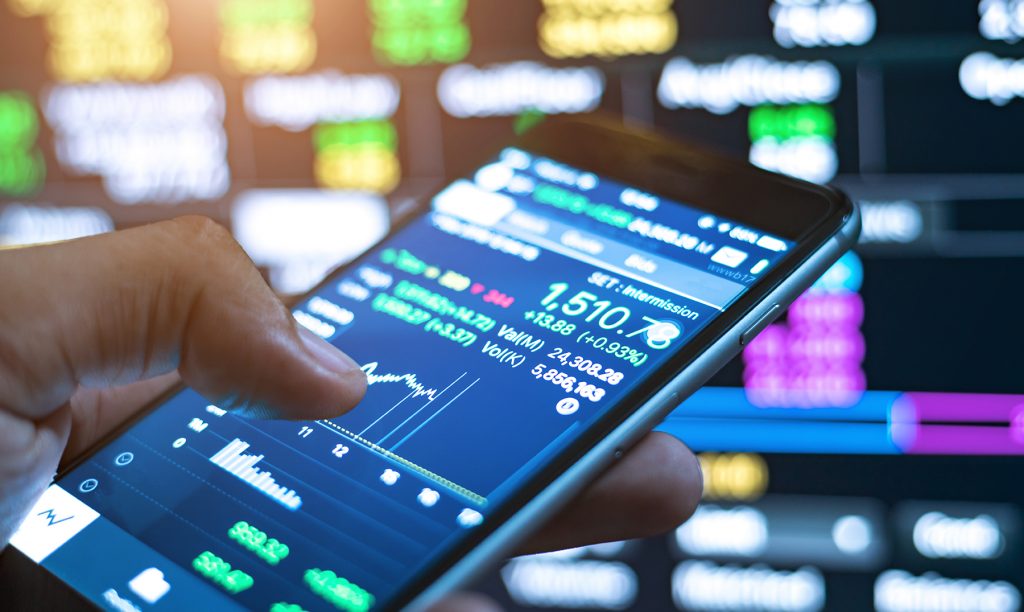
Types of trading software
Because of the non-specific nature of trading software, there can be quite a lot of these that exists in the market today. Some of the more prominent ones support multiple features that has become the norm of all releases. These features are:
Trading – This is the basic function that all trading software should have. As the name suggests, a it allows users to trade. This feature allows users to place trades from anywhere around the world as long as there is connectivity. There is almost no limit in how you can use this feature. For instance, you can set it up to automatically place trades as soon as specific conditions are met like the dropping and the rise of asset prices. Another way this type of software can be configured is by way of limiting the trading that you can do by locking in values to help you practice disciplined trading that can be a problem for most people. For example, if you intend to force yourself to cut your losses once the application detects that you have lost a certain amount, you can tell the software to disable this function as soon as that condition is met.
Paper trading – This is the hallmark of learning when it comes to trading. As a trainer’s guide, you can trade with fake currencies to test out how particular trading strategies would work out in the real world. There are many ways that this feature have been incorporated. For one, it has become a perfect data mining opportunity to be able to collect processed data as a result of preferences that have been set. Trading courses have made a living using this software to allow students a taste in actual trading before actually putting any money into it.
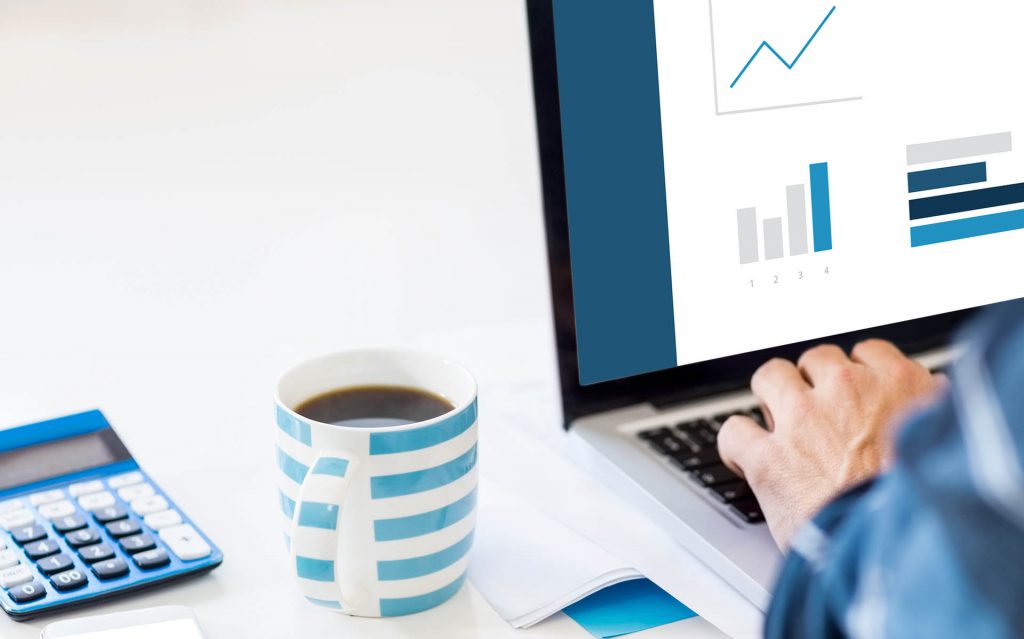
Technical Features – Aside from the basic features that allows a user to input data and read reports, most types of this software allows for quick technical reports such as charts and diagrams that can be a huge boost for traders that want to see an overview of how the market is currently doing. There are no advanced analytics involved in these and the parameters of these reports are mostly from the input preferences that the user have put in. Other technical features include the ability to store progress in files to ensure continuity of software use even after the application is closed.
Fundamental Analysis – This is the hallmark of modern trading as a decision support based system built upon solid fundamentals to allow the trader to get ahead of the game. As with any artificial intelligence, the system need to be trained by feeding it raw data from almost any conceivable source. For instance, you could try to relate stock prices to the temperature of a certain city, or relate the dropping of prices to the day of the week. Imagination is truly the limit in setting up data models when performing trade analysis.
Choosing the right trading software
There are many factors to consider when choosing the right software for you. The main one is of course, your budget for a it. Most of them are not sold as a single product but instead offered as a product that you have to pay for every time you use it. You have to take this into account and eve n factor this in in computing your gains or losses. There are however, some trading software solutions that charge you a percentage on how much money you have gained. This means that they get a chunk of all your winnings when you score high but will not charge you at all if you do not earn money or end up with a deficit.
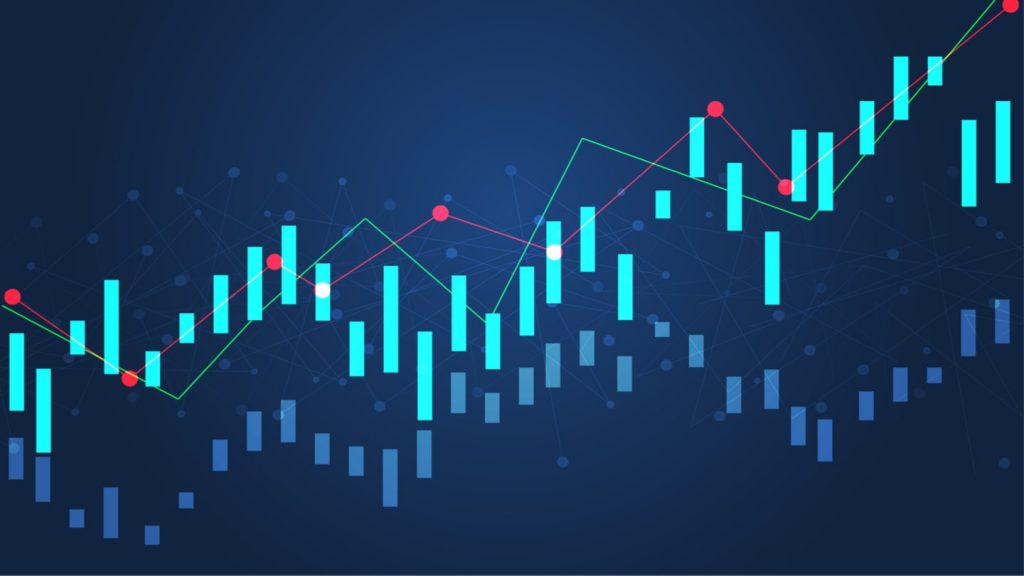
Another factor that you have to keep in mind is the scalability of the product. There is no way that a trader stops growing once he/she starts hitting the high numbers and when the time does come that your trading portfolio have grown big enough for an uptick, it should be able to upgrade along with you.
And lastly, you have to consider how fits into your existing investment habit if you already have one. This is of course going to be depending on how you intend to proceed. Should you change your habit to suit a trading software that you like or choose the right software for you. Either way, both should complement each other ultimately.

